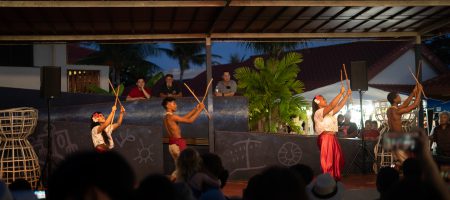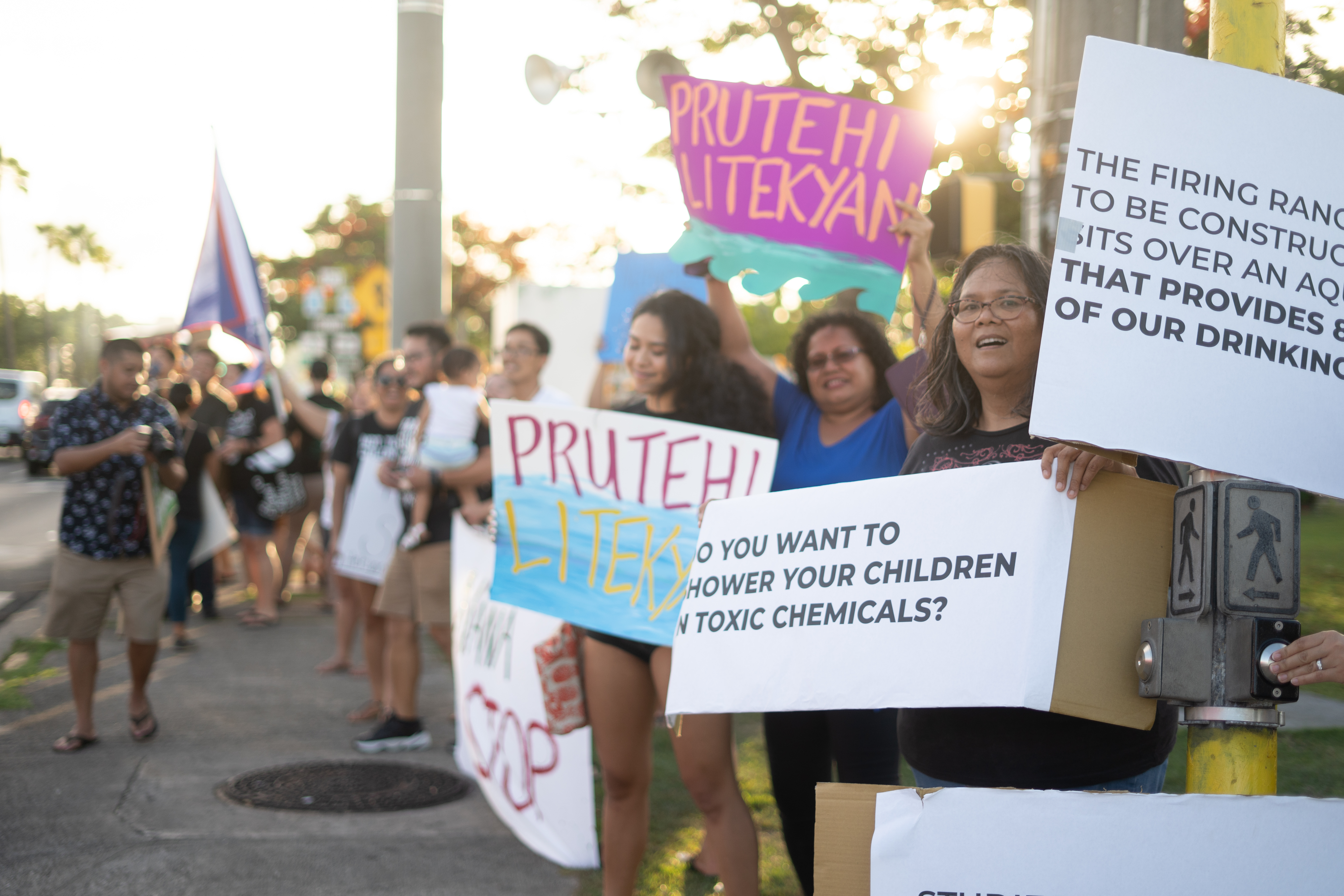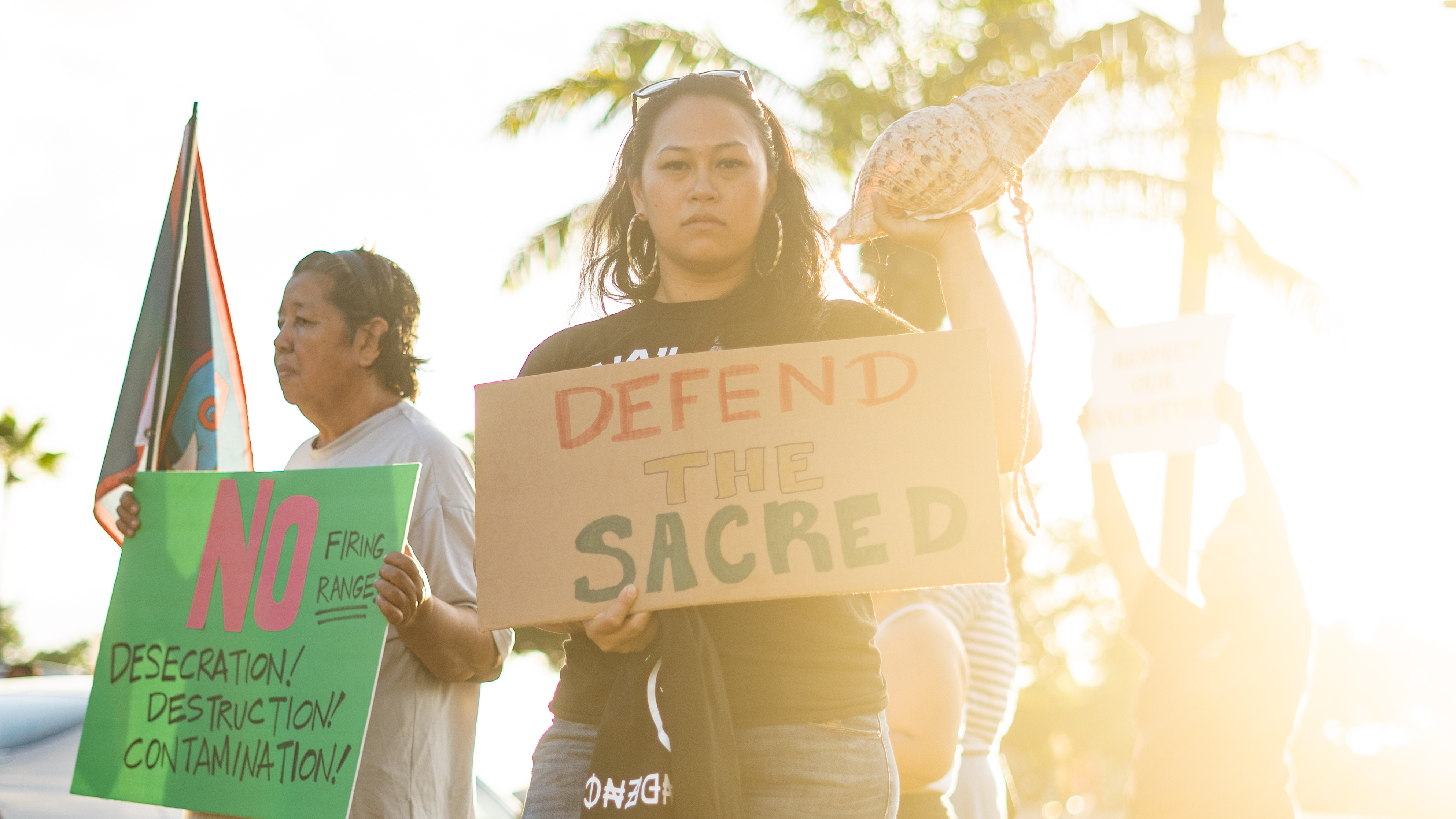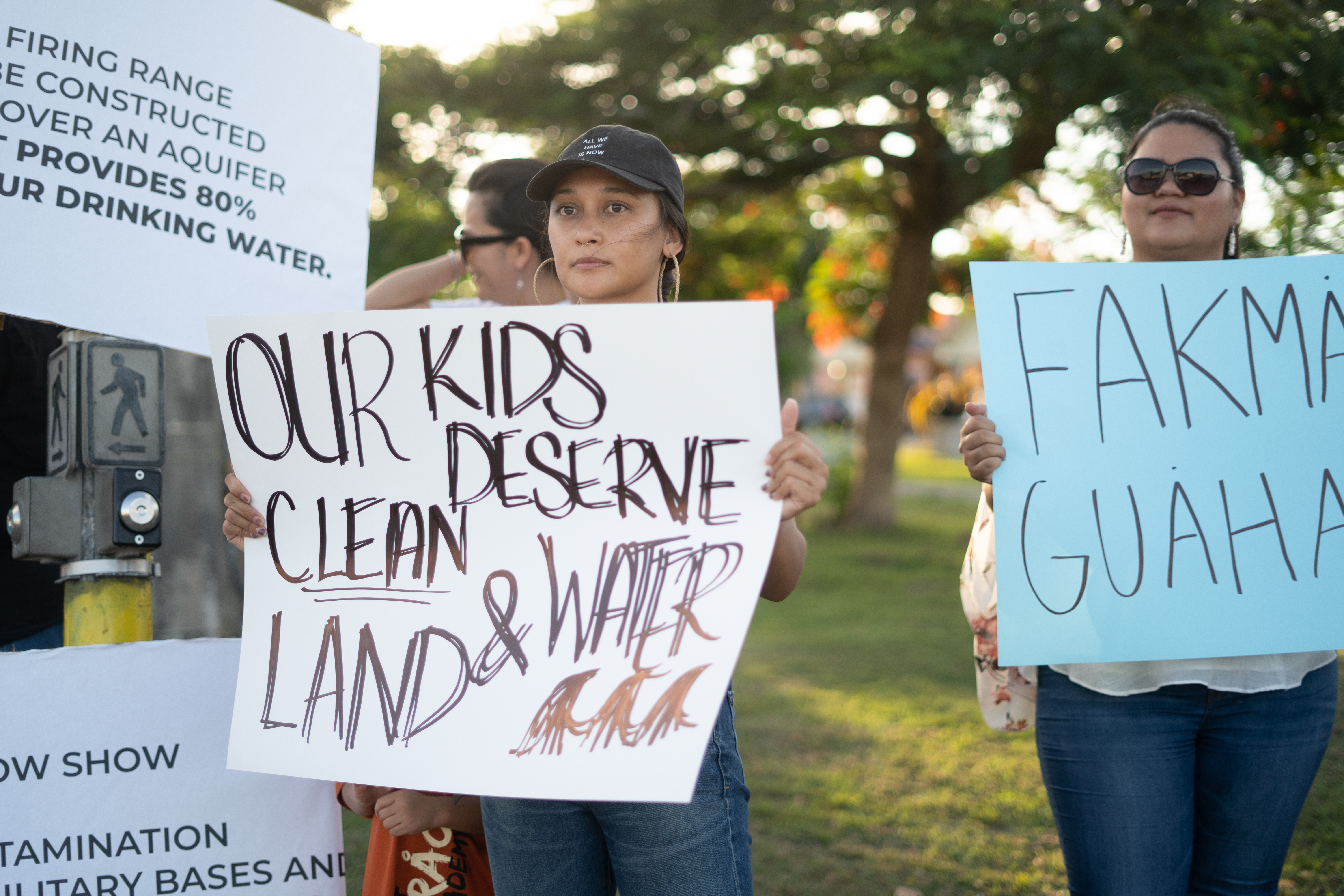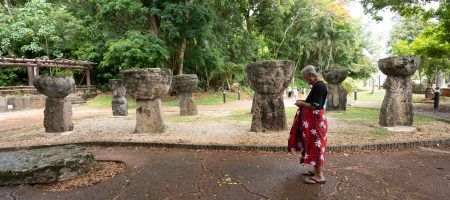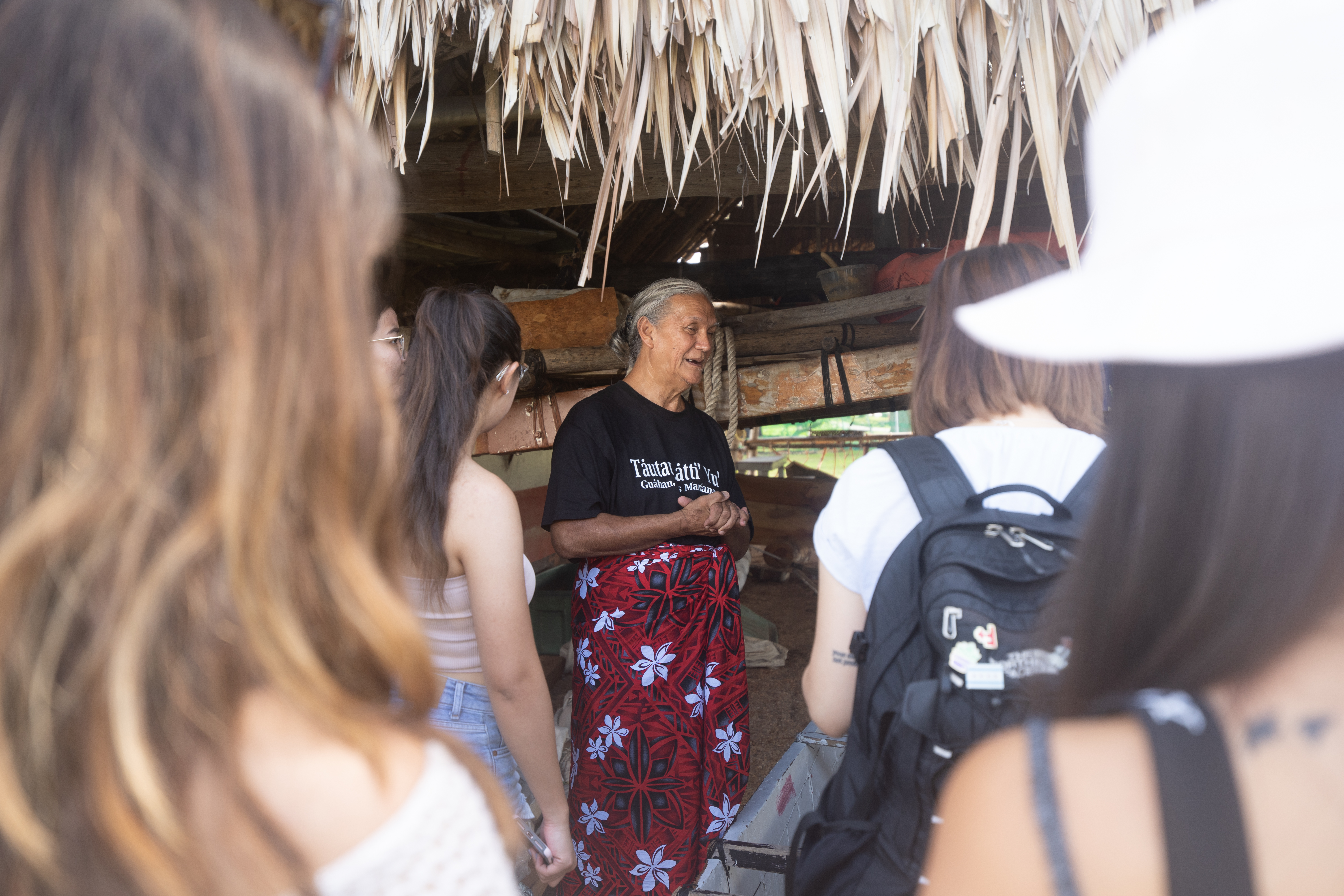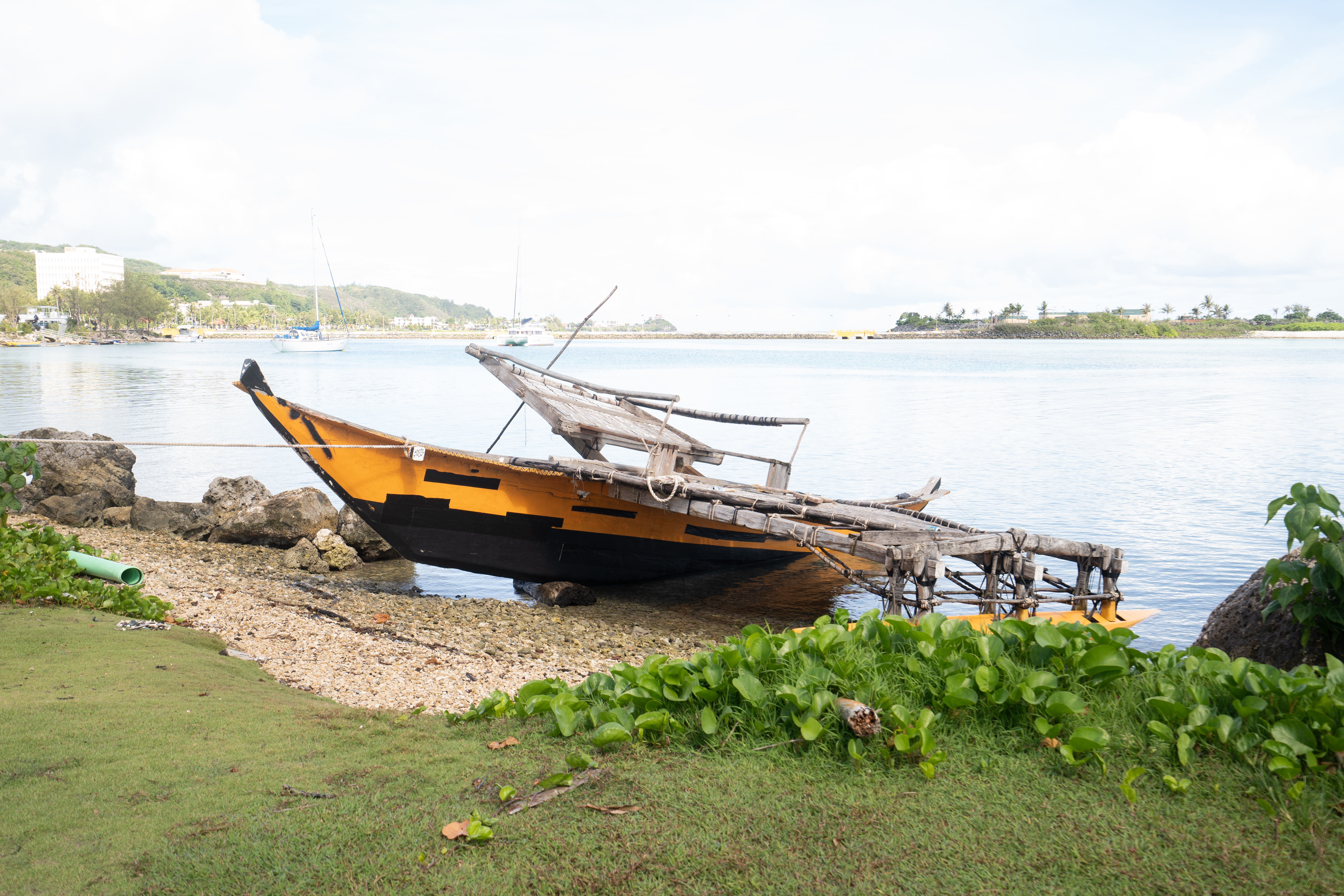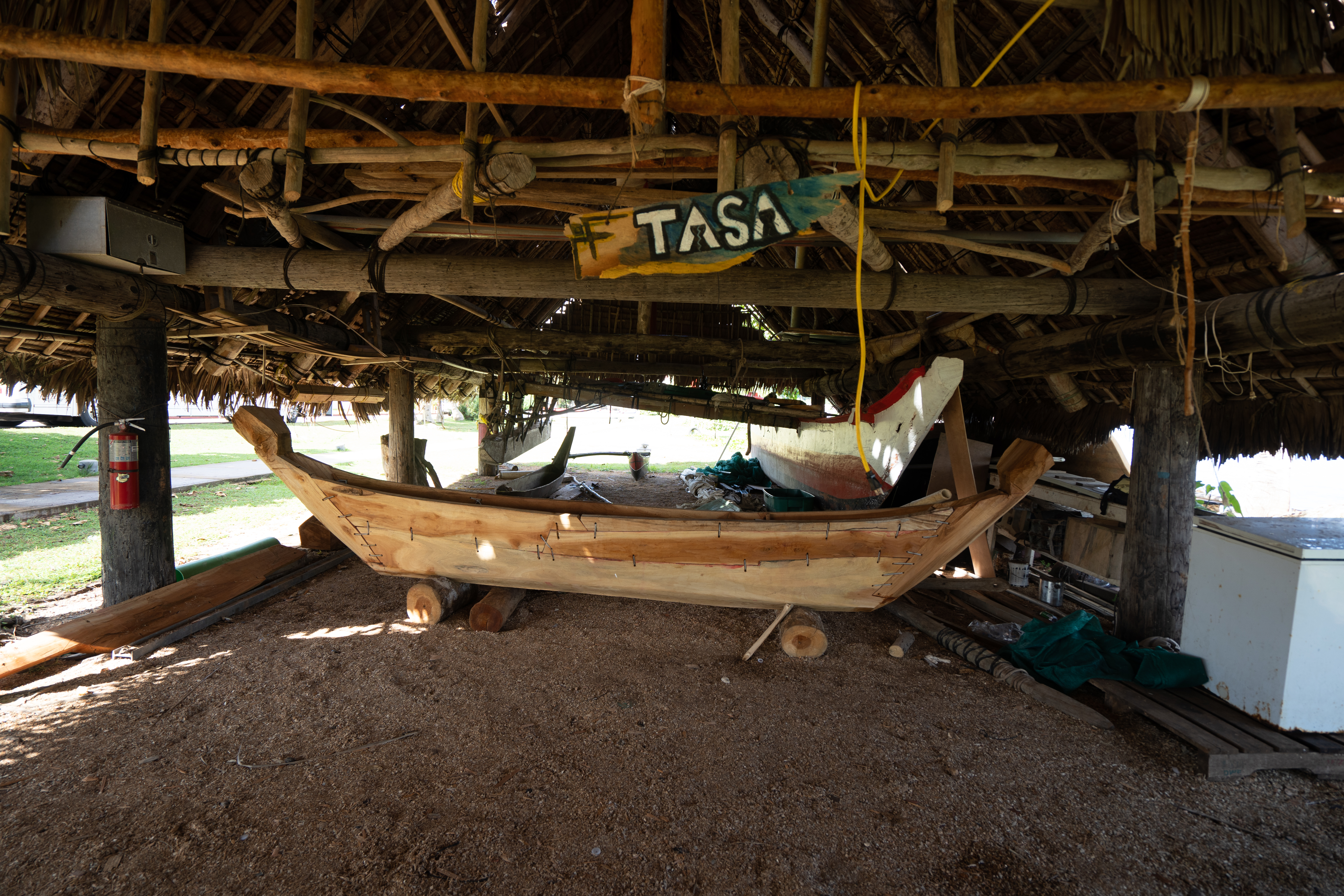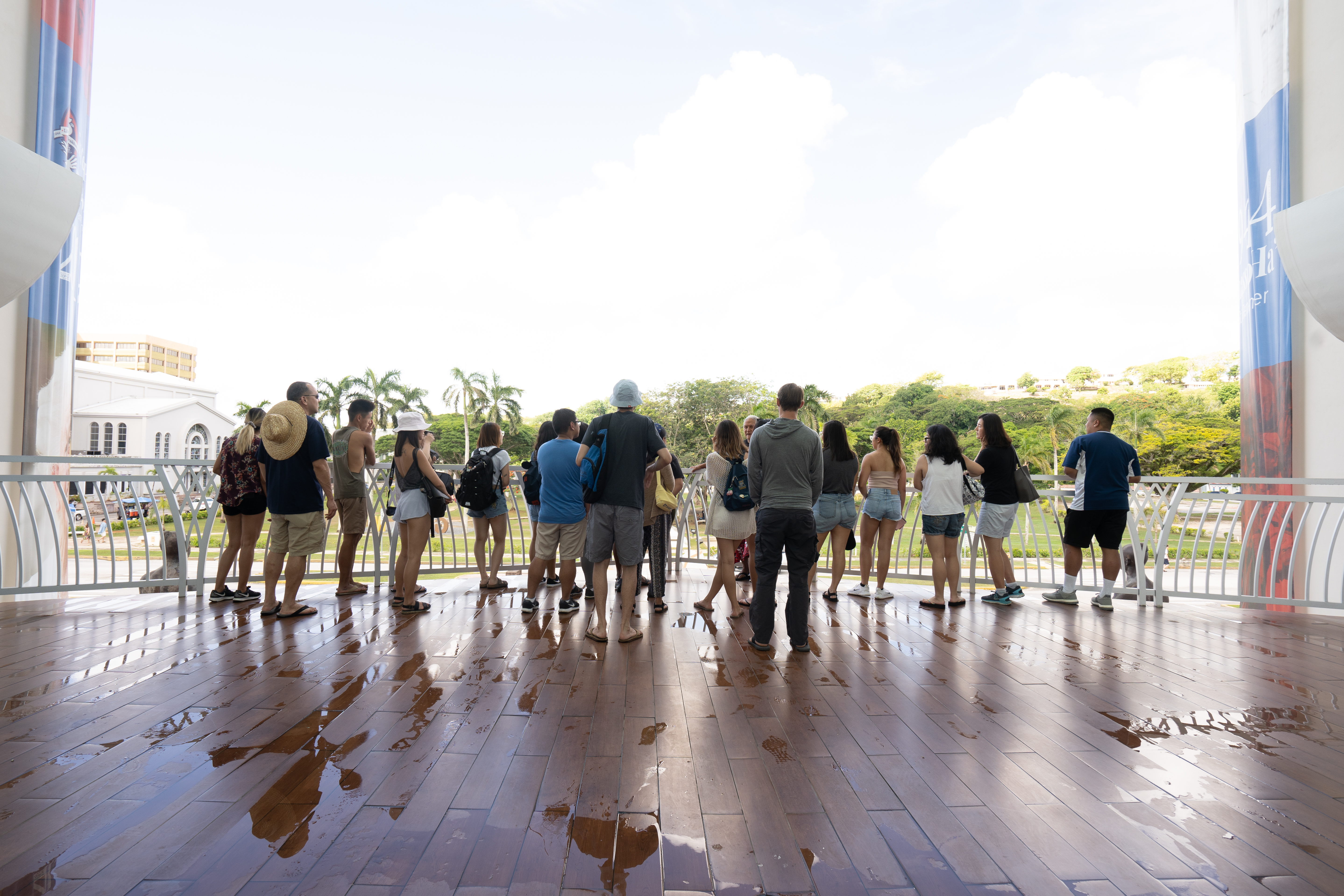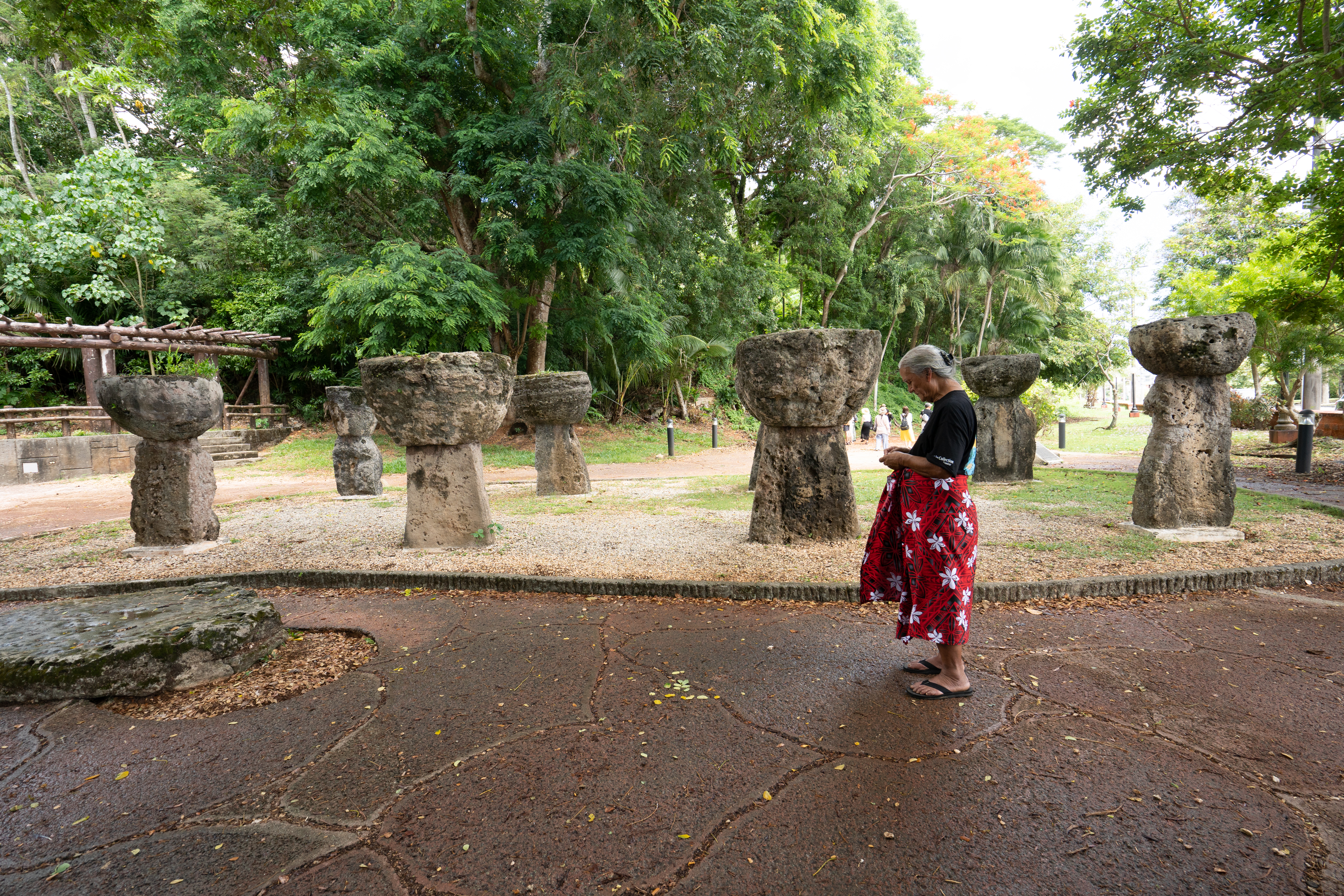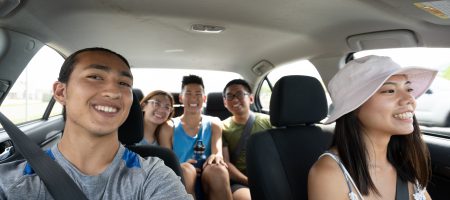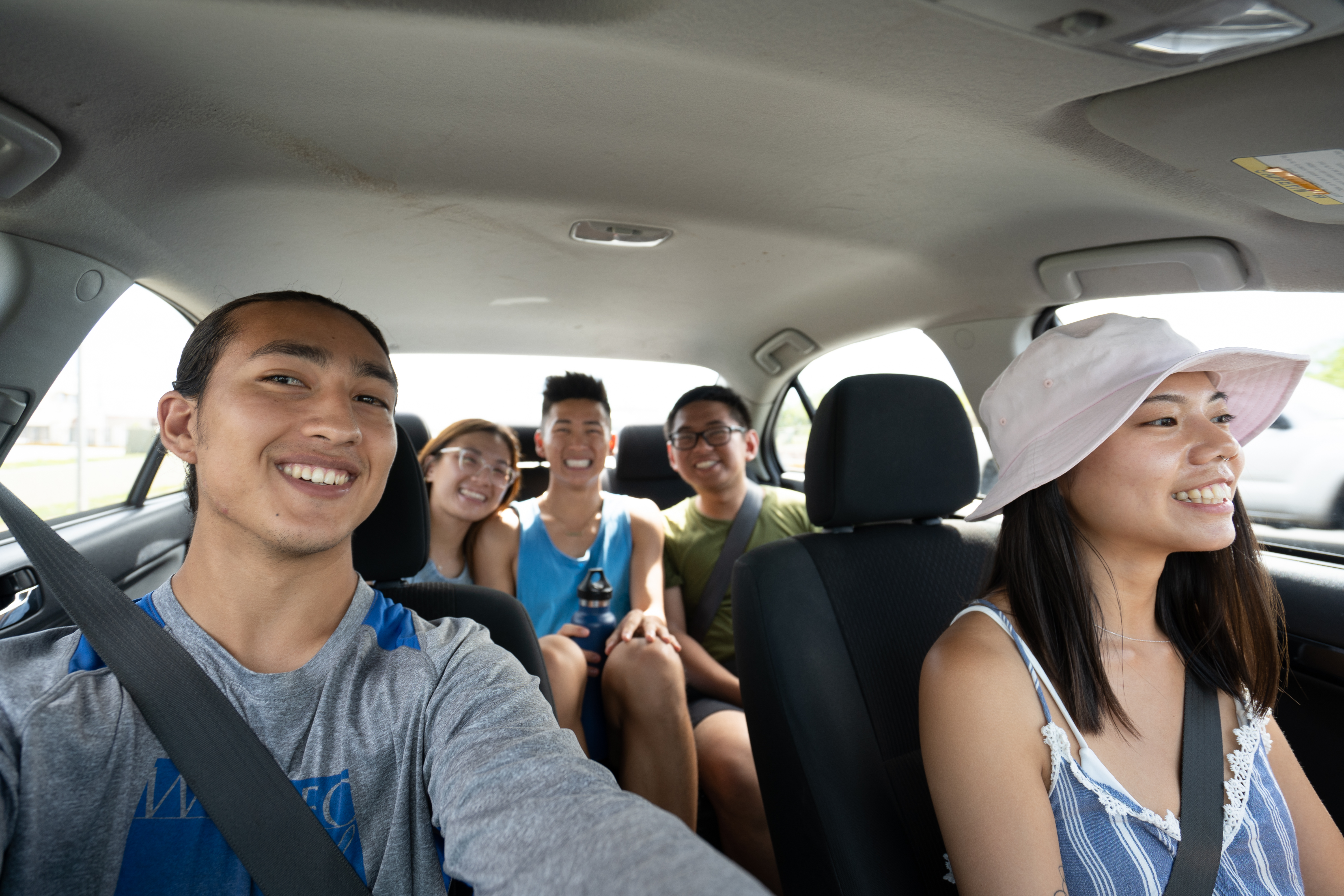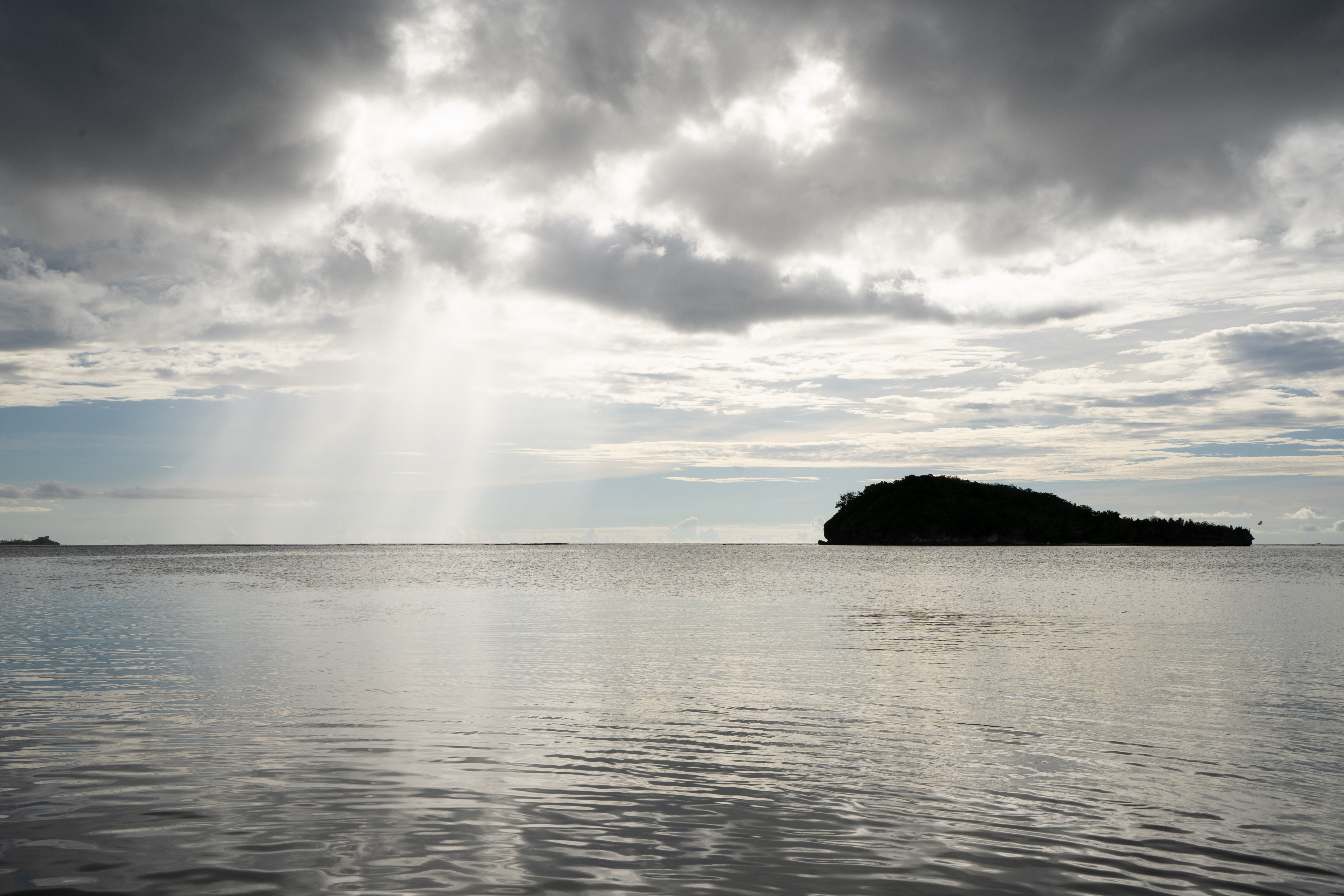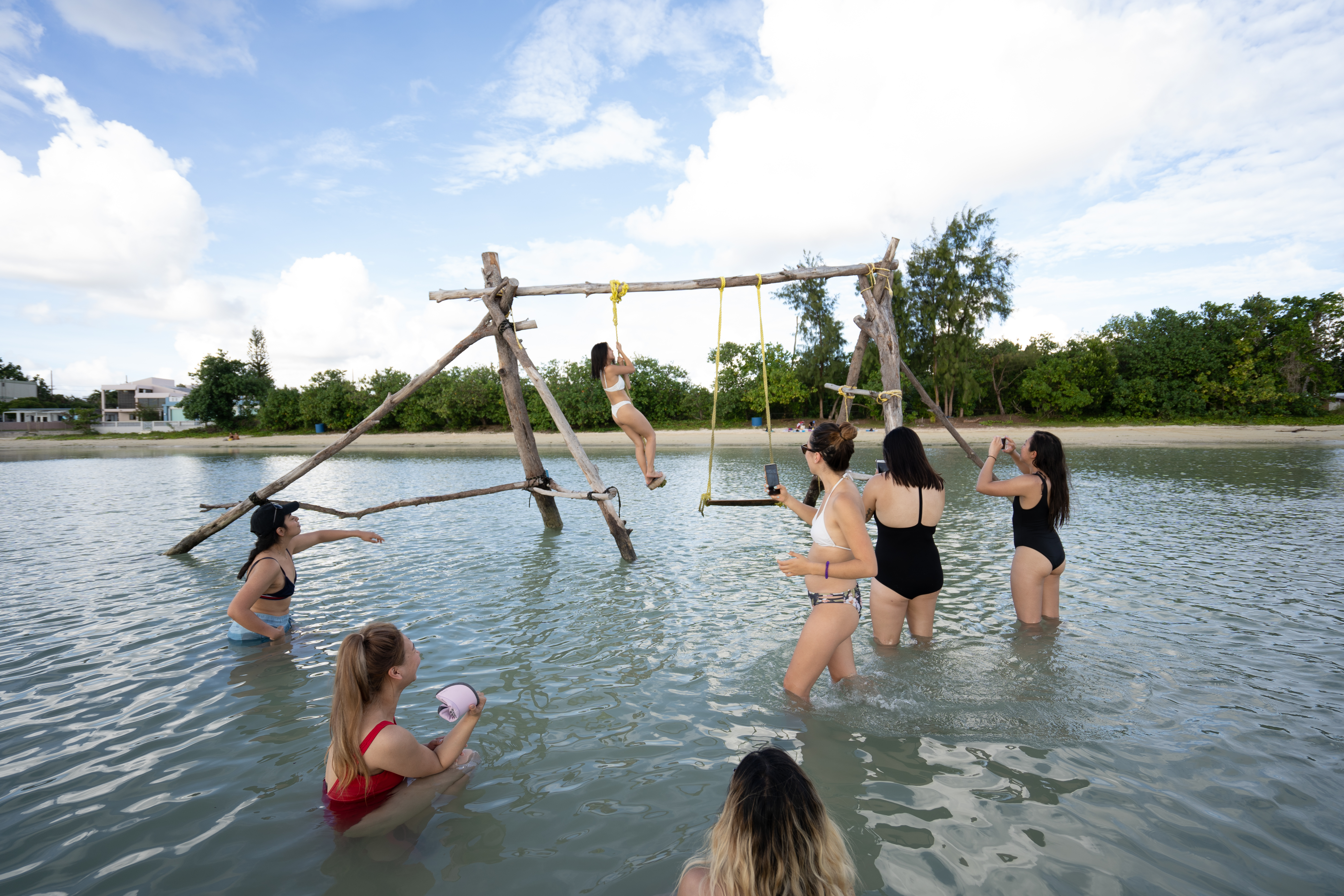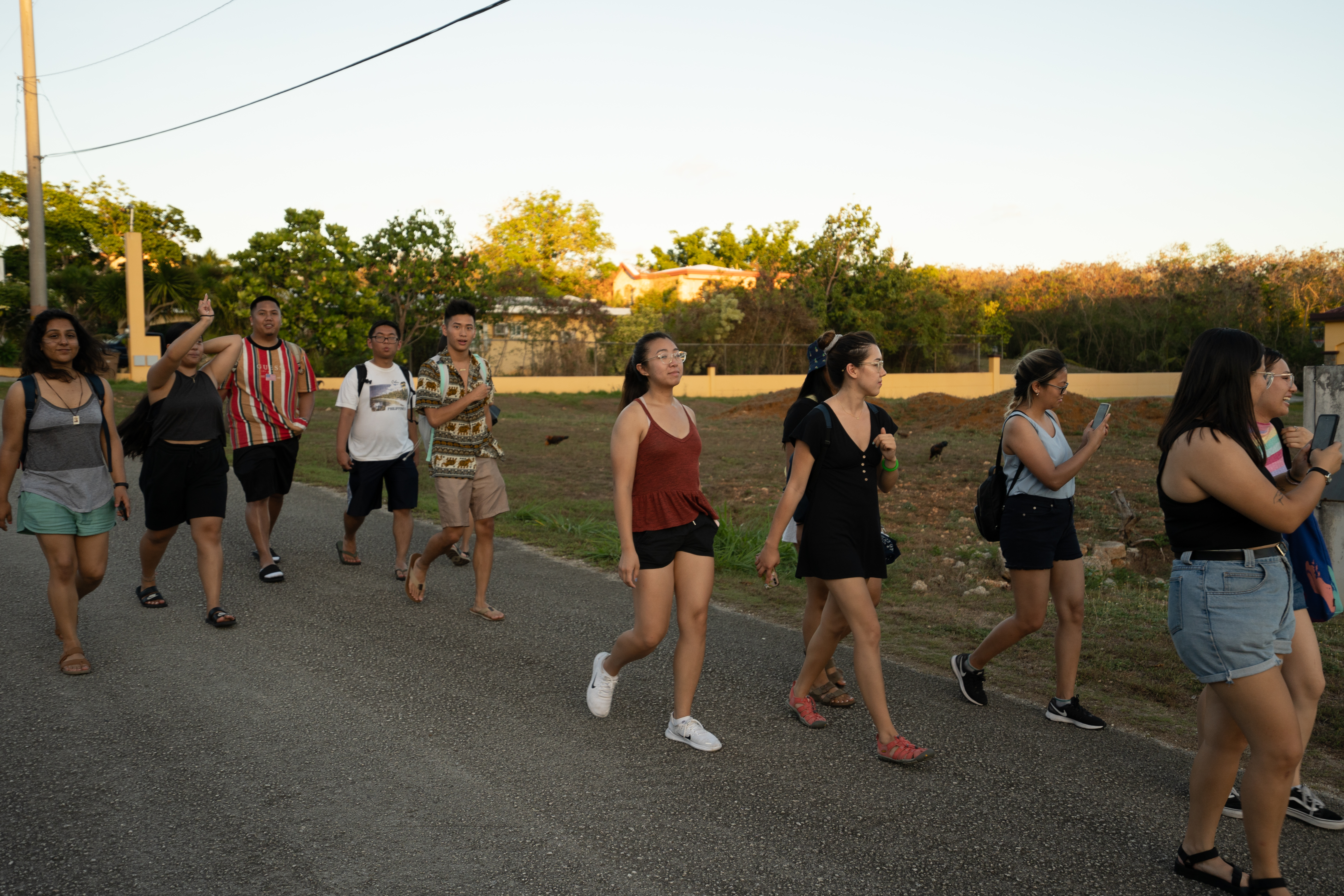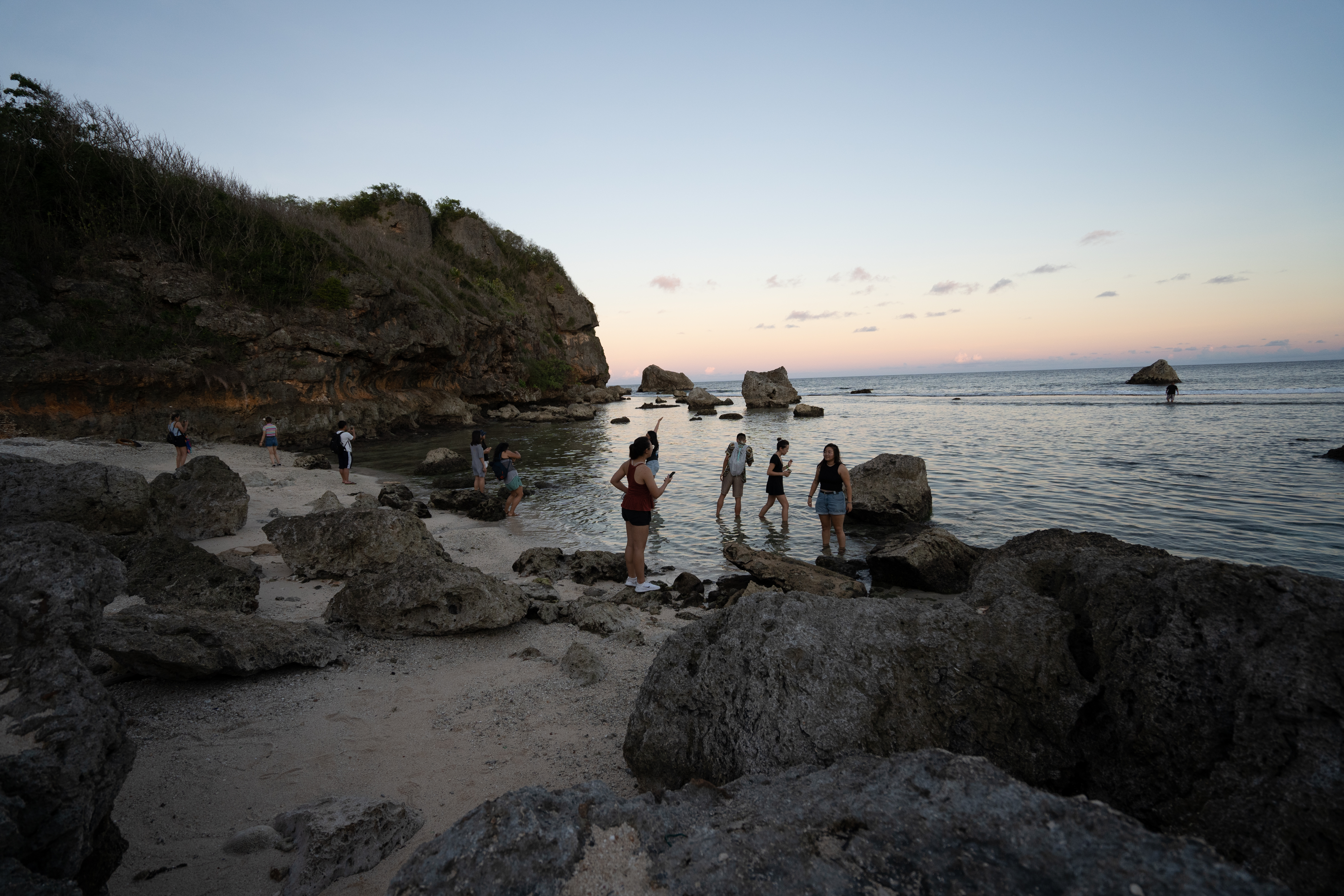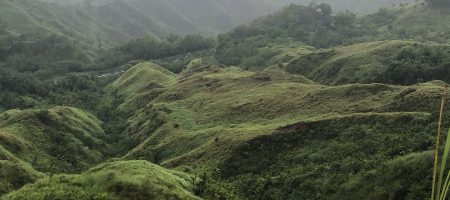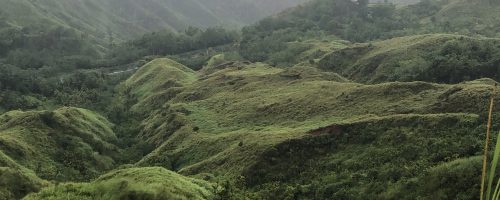Guam | Hiking and Chamoru Village
By Tecpatl Kuauhtzin
We began the day talking about the ethics of conducting interviews in a community setting. Best practices, as told by my professor, include keeping sensitive information undisclosed and sharing how any and all information will be used with the participant. We then proceeded to cover health and illness in Oceania.
Later, we visited the coast. I don’t quite remember the name of the area or the beach, but it was astonishing. The waves were like none I have ever seen before and they crashed beautifully against the rocks. I sent my drone up to get aerial footage, and was not disappointed!
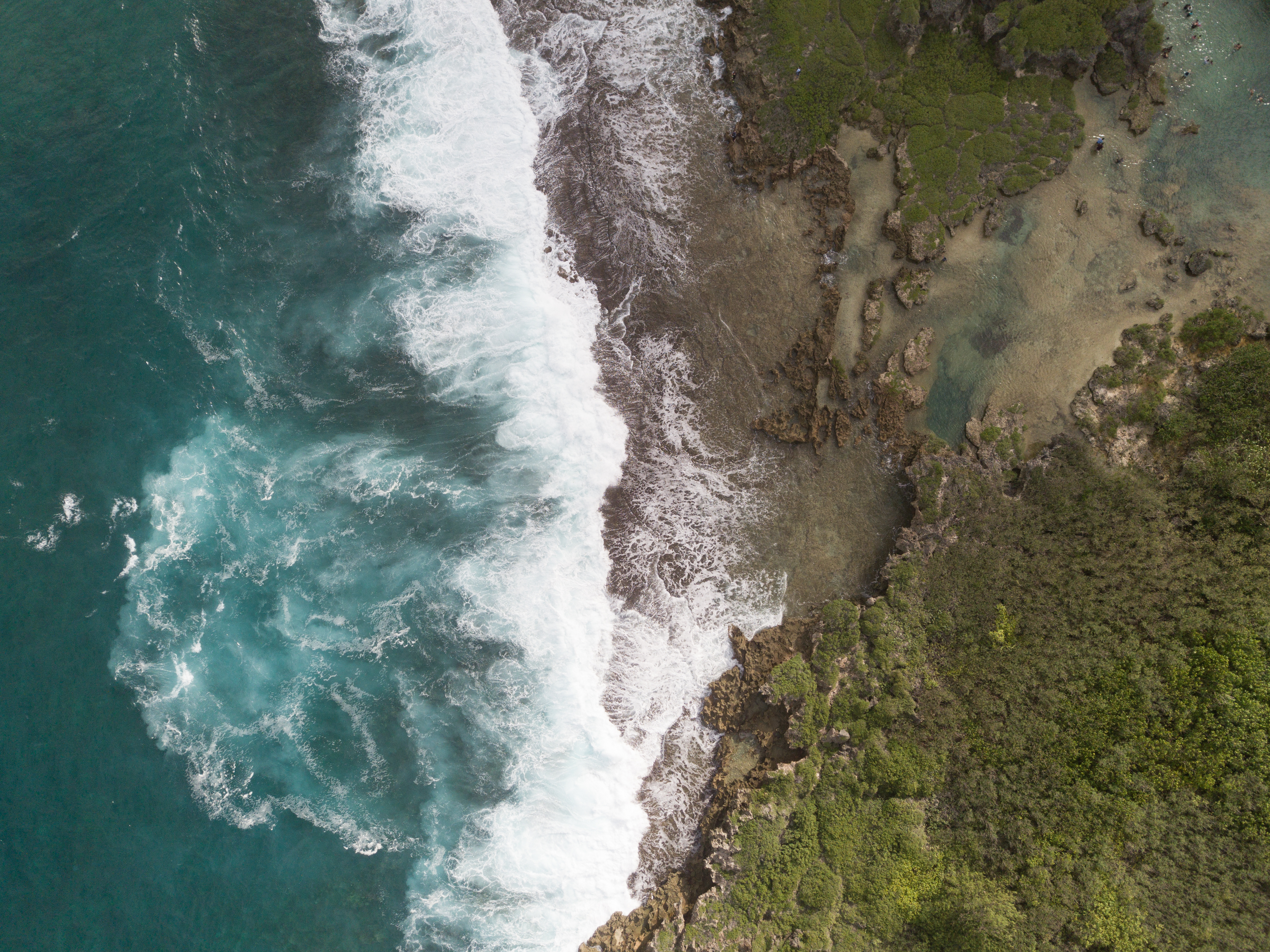
We ended the school day with a visit to the mountains as the sun was setting. Because we jumped out of the car and watched the sun set so quickly, we never checked where we were. We were running on island time and island schedule, lol.
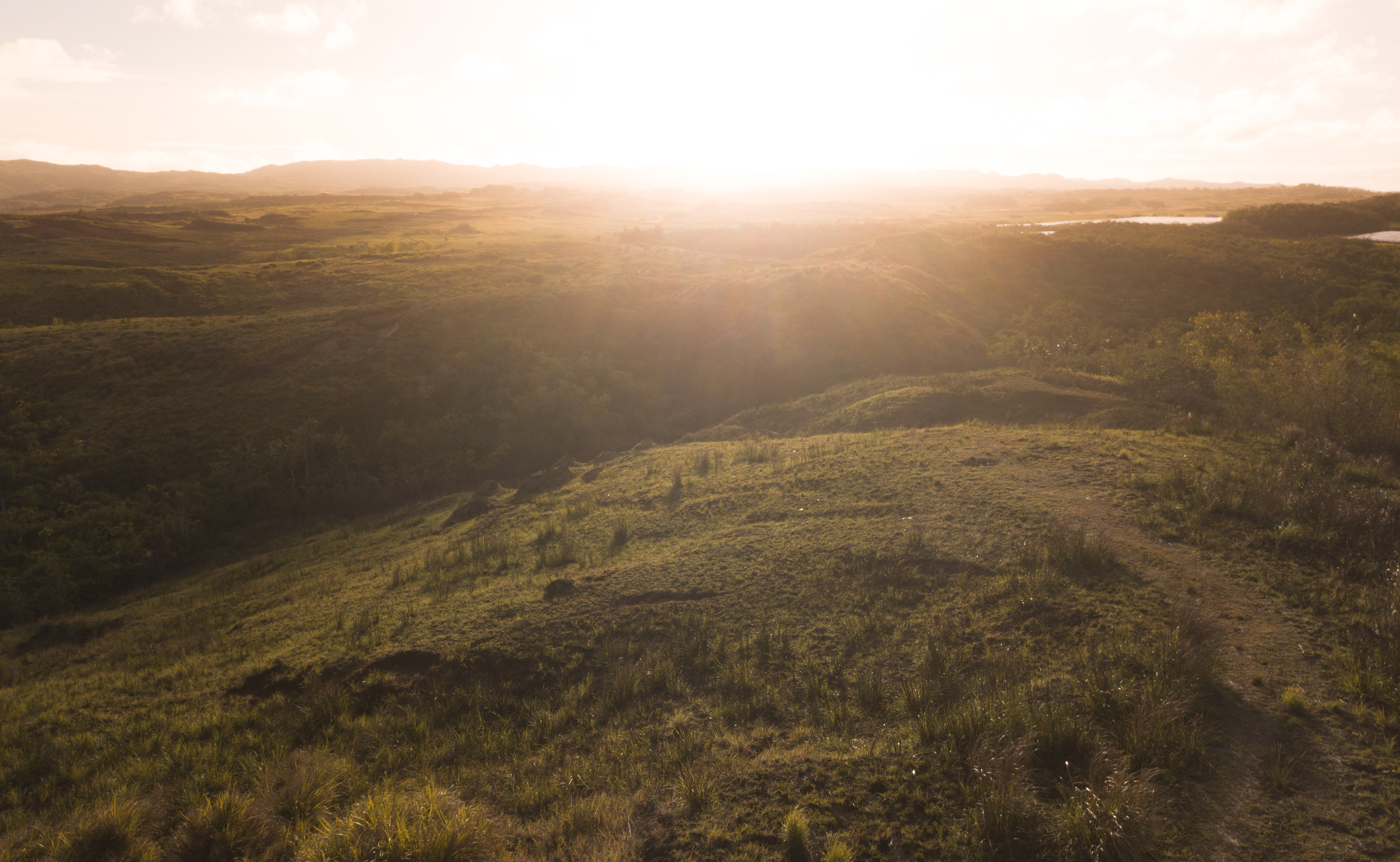
That night, we visited Chamoru village, as we were told by locals that it is always active on Wednesdays with numerous food and jewelry vendors. There is also a lot of dancing and laughter everywhere! We had a blast looking through the booths and we even got called up to dance. It was an experience.
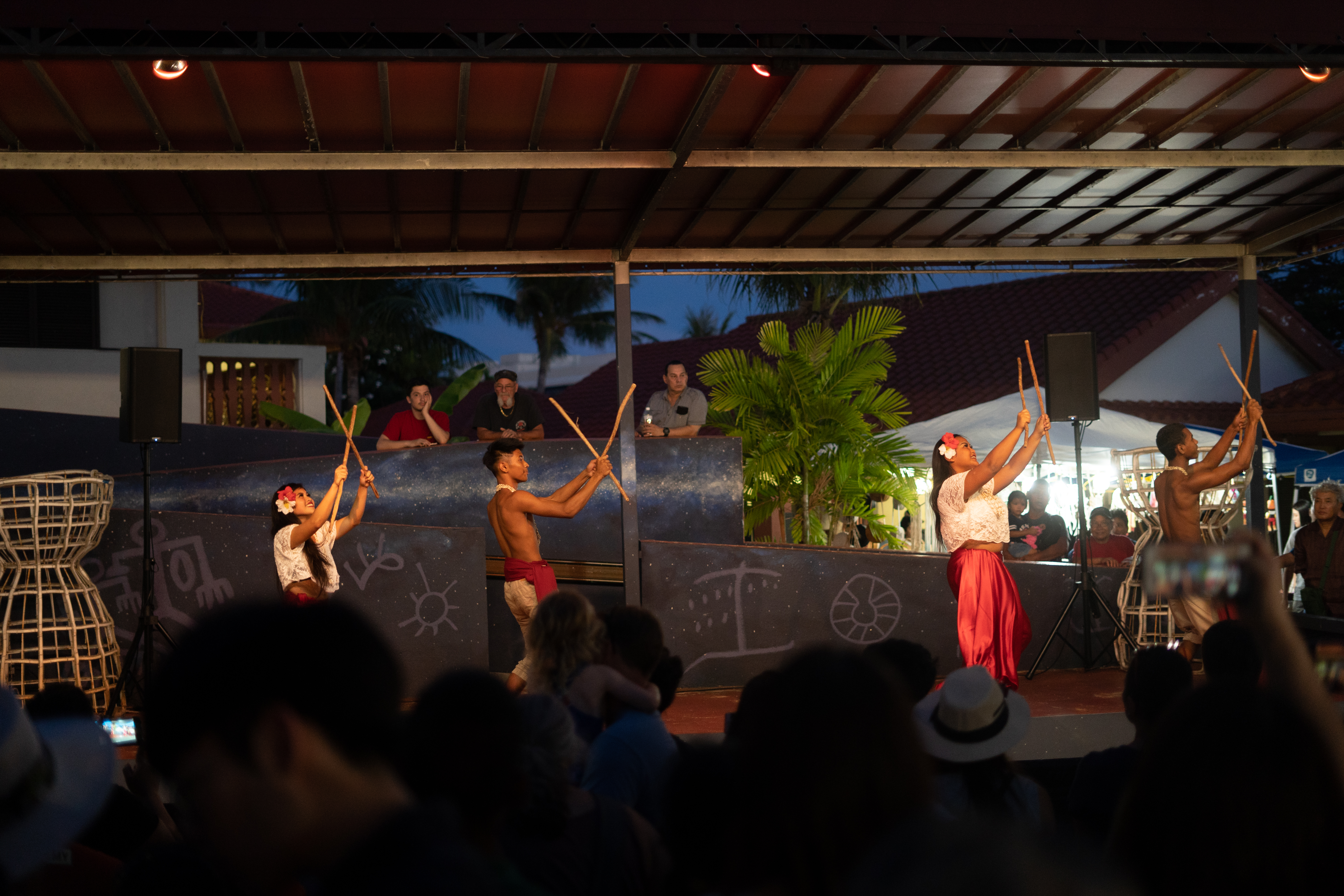
Tecpatl studied abroad in Guam in Summer 2019. https://ieo.ucla.edu/travelstudy/asianam-guam/


